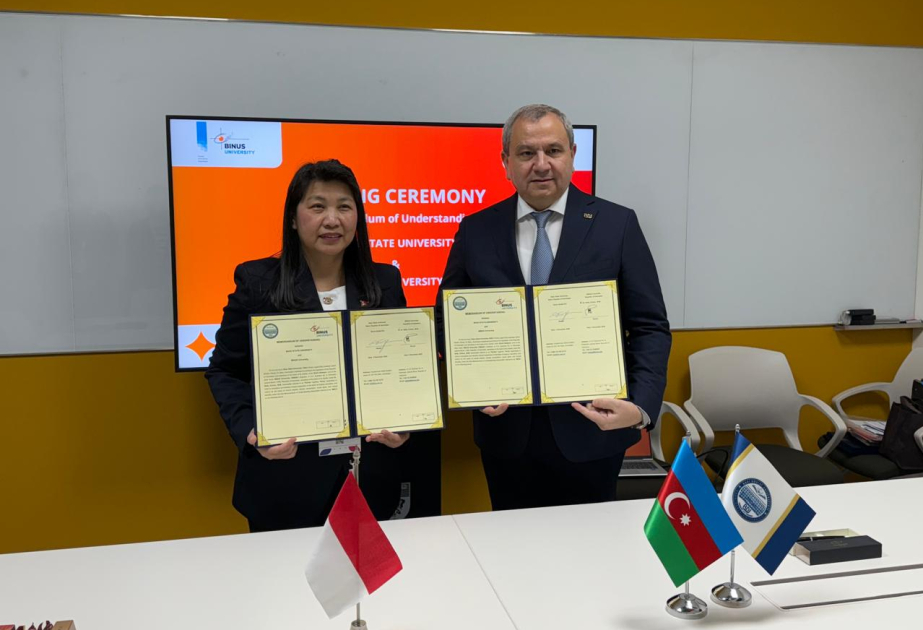Scientists at The Hebrew University of Jerusalem have developed a new type of druglike molecule that can break down HuR, a key cancer-driving protein in aggressive breast cancer, according to the Press Service of Israel (TPS-IL).
The protein has long been considered “undruggable,” but this breakthrough offers a promising new strategy for targeting it — and could lead to better treatments for hard-to-treat cancers.
The findings mark the first successful demonstration that HuR can be dismantled from within cancer cells using small, orally bioavailable compounds, a feat that could redefine therapeutic strategies against not only breast cancer but a range of diseases where RNA-binding proteins play a role.
HuR helps tumors thrive by stabilizing the mRNA of oncogenes—genes that promote uncontrolled cell growth. “Blocking HuR wasn’t enough; we needed to eliminate it altogether,” said Dr. Raphael Benhamou of Hebrew University’s Faculty of Medicine. Traditional drug development had failed to target HuR due to its flexible structure and lack of a clear binding site, characteristics that earned it a place among the most challenging targets in oncology.
In response, Benhamou and M.Sc. student Liann Kassabri developed molecules based on two advanced strategies: PROTACs (Proteolysis-Targeting Chimeras) and molecular glues. These approaches hijack the cell’s own waste-disposal machinery to degrade disease-causing proteins. However, their work introduces a new concept — that small, stable, and potentially oral molecules can induce selective degradation of HuR, something not previously achieved.
Among the candidates they synthesized, one compound, MG-HuR2, stood out. Not only did it meet every major criterion for druglikeness, but it also reduced HuR levels in breast cancer cells by up to 85%, effectively disrupted downstream oncogenes like Bcl2 and FOXQ1, and significantly impaired tumor cell proliferation and 3D tumor spheroid growth—all at extremely low concentrations.
Even more surprising was MG-HuR2’s unusual pharmacological behavior. The team observed a biphasic “hook effect,” where activity initially dropped off at moderate doses but rebounded at higher concentrations—a phenomenon not previously seen in HuR-targeting therapies. Through computational modeling, they discovered the effect was due to the molecule’s ability to bind at two distinct RNA-binding sites on HuR, offering a first glimpse into a dual-site degradation mechanism for this class of proteins.
“The degradation pattern was unexpected,” said Benhamou. “But it turned out to be a clue that these molecules could engage HuR more dynamically than we thought possible.”
HuR also plays a documented role in pancreatic, colorectal, prostate, gastric, ovarian and cervical cancer, as well as glioblastoma and non-small cell lung cancer (NSCLC). It is also connected to other malignancies such as melanoma, hepatocellular carcinoma and renal cell carcinoma.
The study was published in the peer-reviewed journal JACS Au.





















